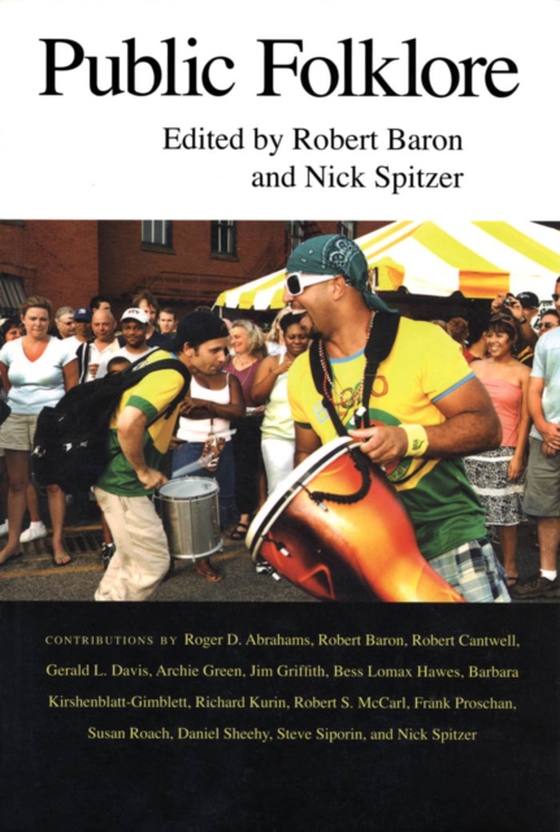
Public Folklore e-bog
196,23 DKK
(inkl. moms 245,29 DKK)
A landmark volume exploring the public presentation and application of folk culture in collaboration with communities, Public Folklore is available again with a new introduction discussing recent trends and scholarship. Editors Robert Baron and Nick Spitzer provide theoretical framing to contributions from leaders of major American folklife programs and preeminent folklore scholars, including R...
E-bog
196,23 DKK
Udgivet
6 december 2010
Længde
400 sider
Genrer
JFHF
Sprog
English
Format
pdf
Beskyttelse
LCP
ISBN
9781604733167
A landmark volume exploring the public presentation and application of folk culture in collaboration with communities, Public Folklore is available again with a new introduction discussing recent trends and scholarship. Editors Robert Baron and Nick Spitzer provide theoretical framing to contributions from leaders of major American folklife programs and preeminent folklore scholars, including Roger D. Abrahams, Robert Cantwell, Gerald L. Davis, Archie Green, Bess Lomax Hawes, Richard Kurin, Daniel Sheehy, and Barbara Kirshenblatt-Gimblett. Their essays present vivid accounts of public folklore practice in a wide range of settings-nineteenth-century world's fairs and minstrel shows, festivals, museums, international cultural exchange programs, concert stages, universities, and hospitals. Drawing from case studies, historical analyses, and their own experiences as advocates, field researchers, and presenters, the essayists recast the history of folklore in terms of public practice, while discussing standards for presentation to new audiences. They approach engagement with tradition bearers as requiring collaboration and dialogue. They critically examine who has the authority to represent folk culture, the ideologies informing these representations, and the effect upon folk artists of encountering revived and new audiences within and beyond their own communities. In discussions of the relationship between public practice and the academy, this volume also offers new models for integrating public folklore training within graduate studies.
 Dansk
Dansk

